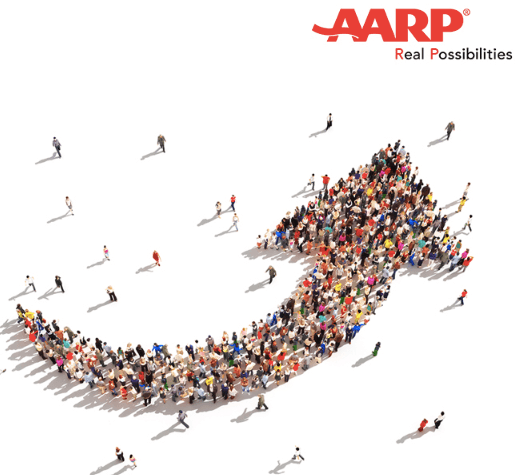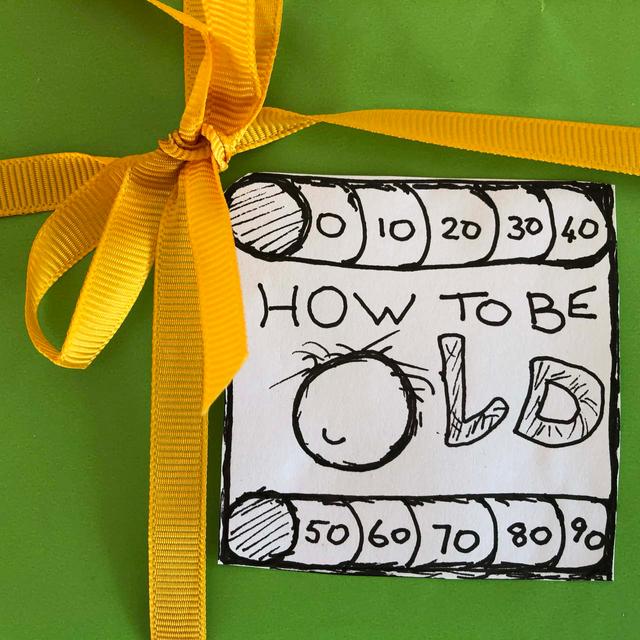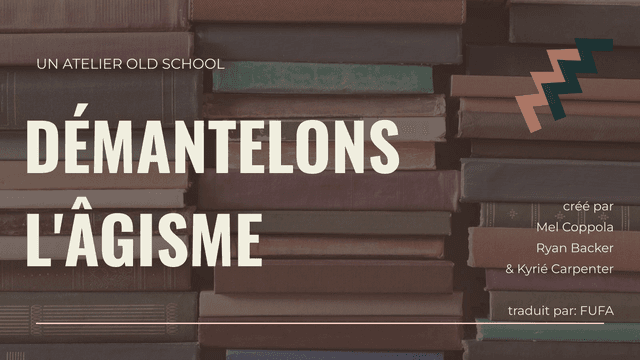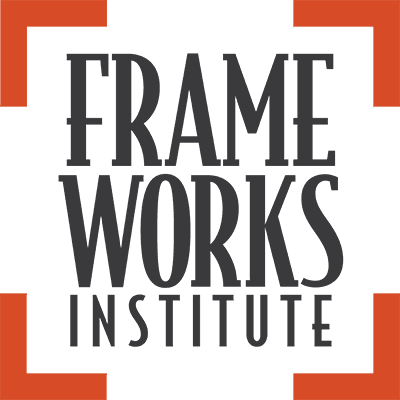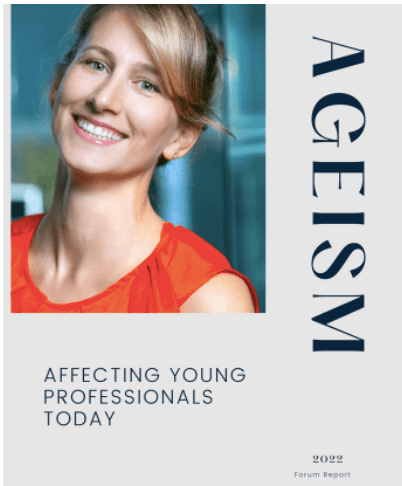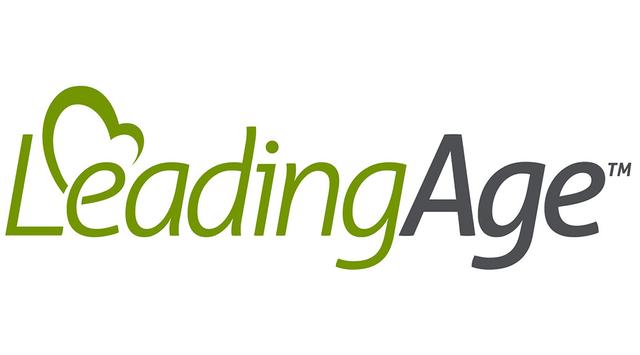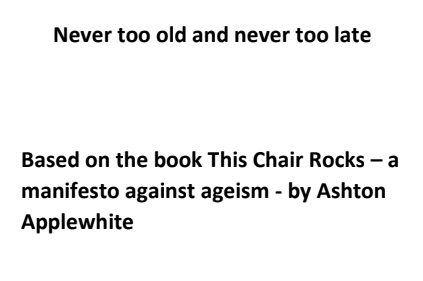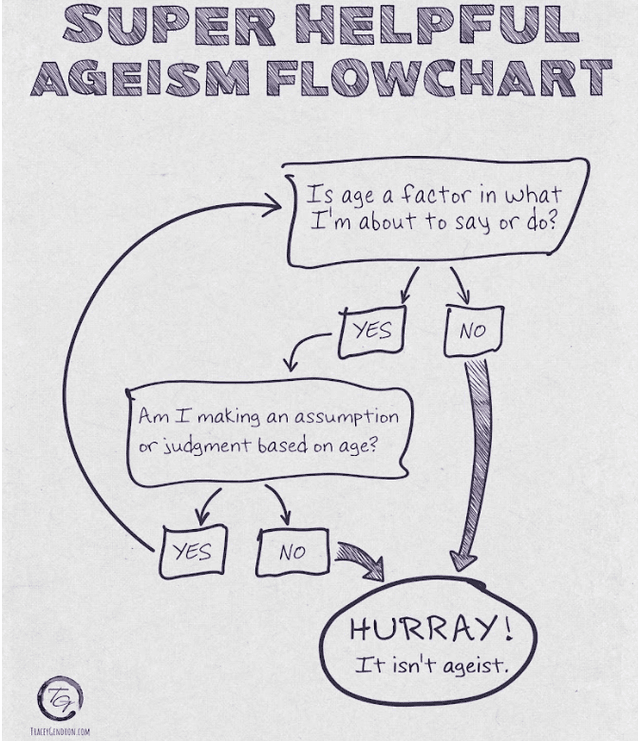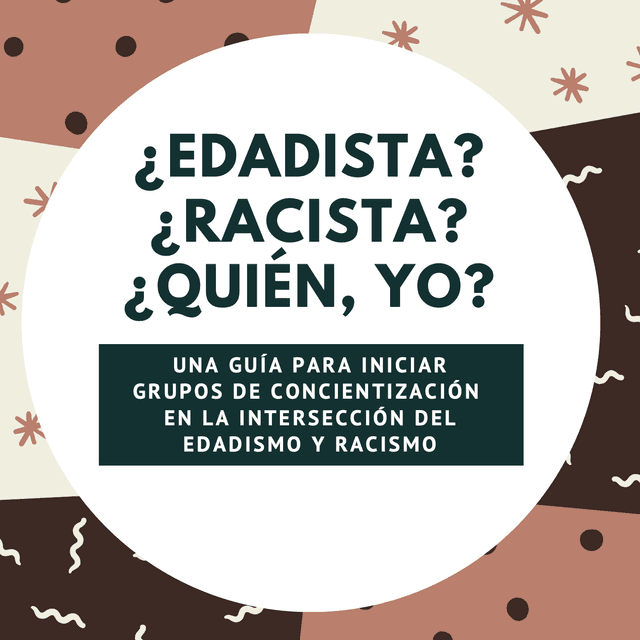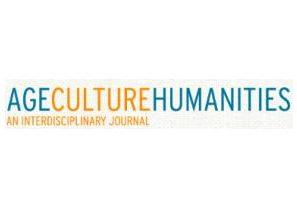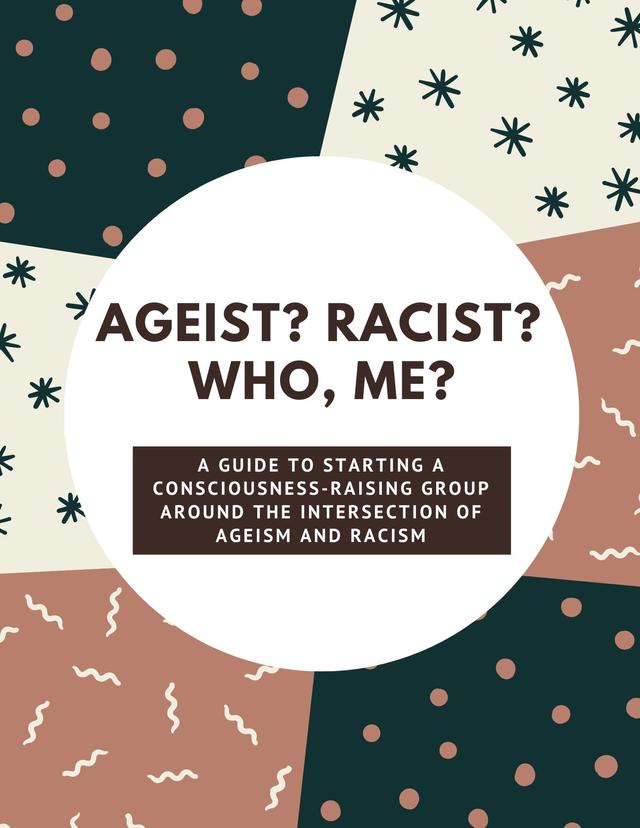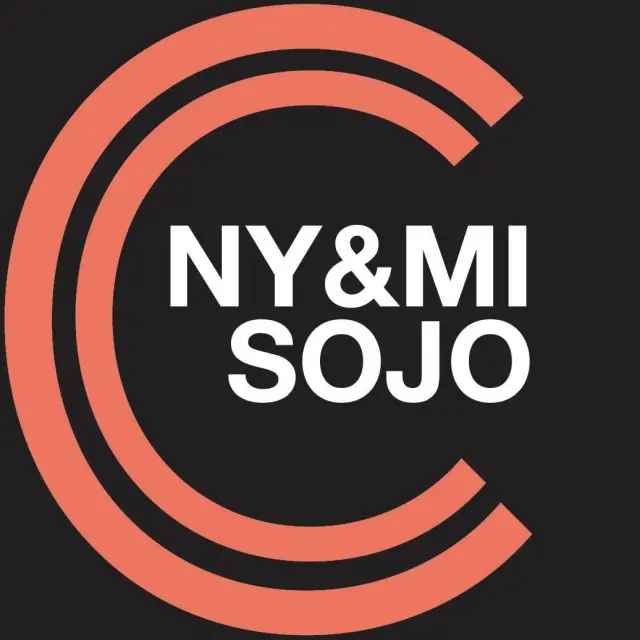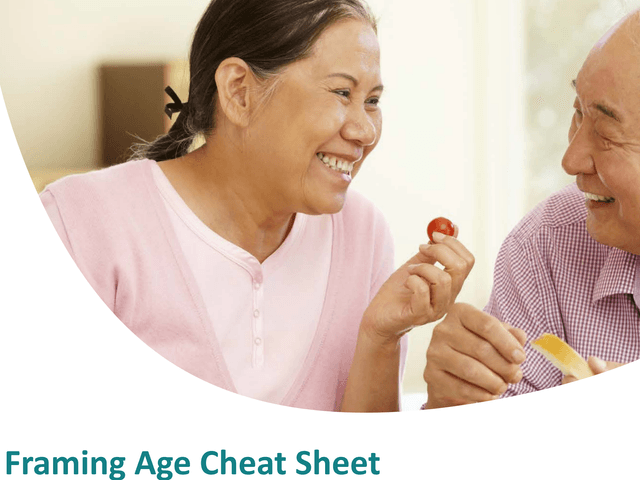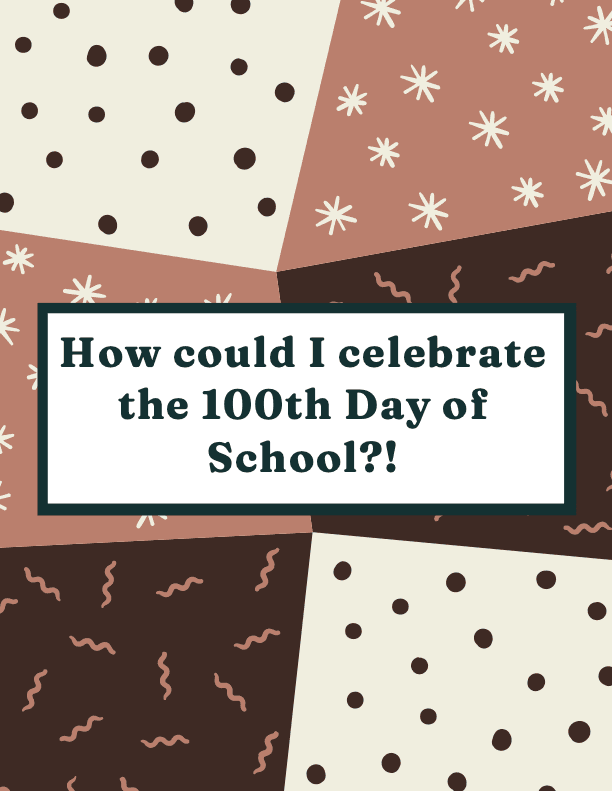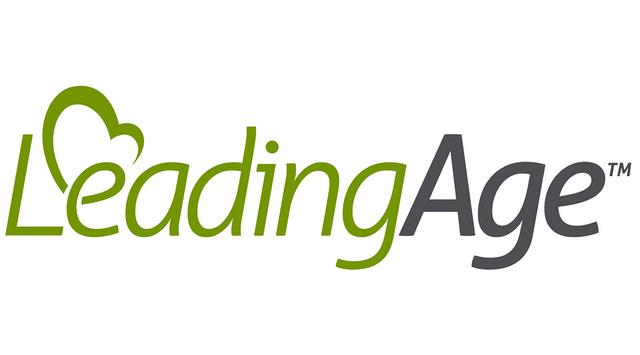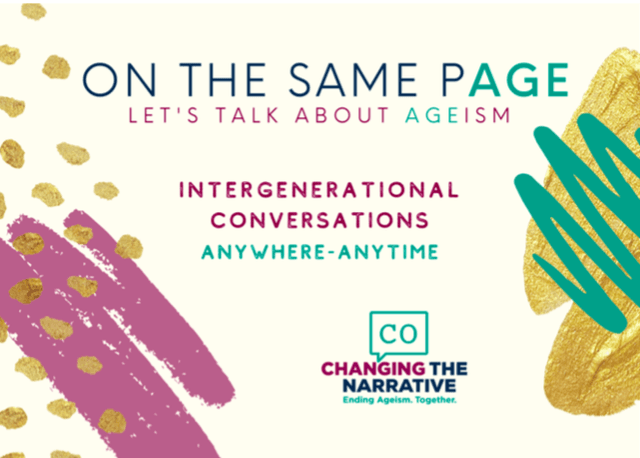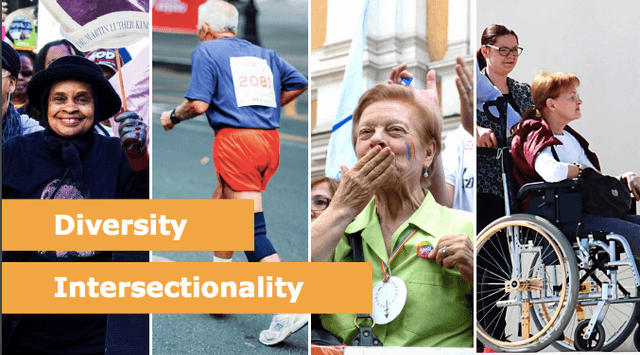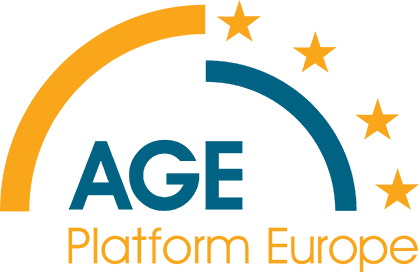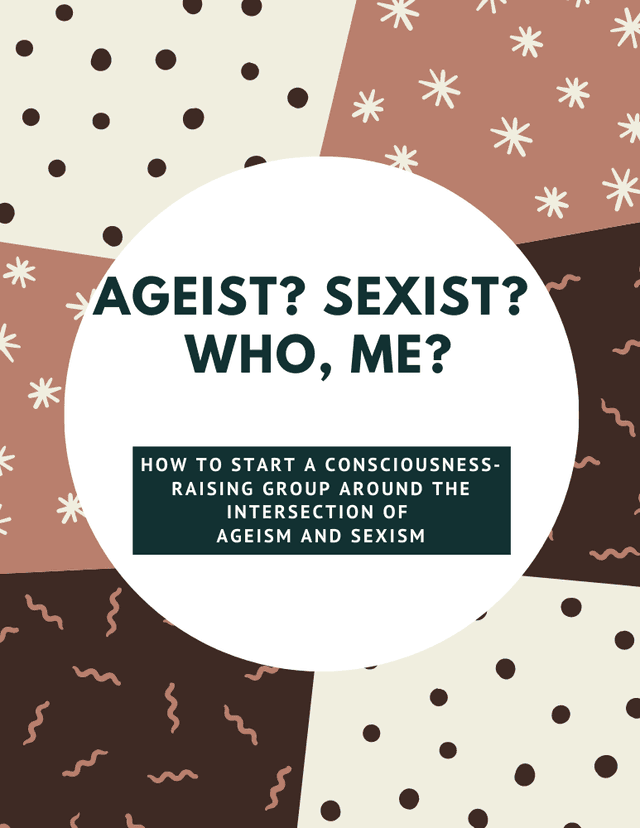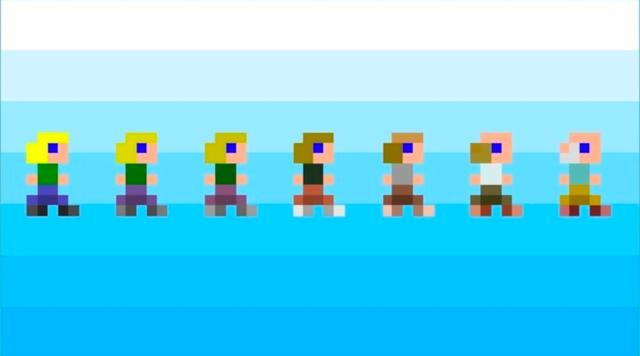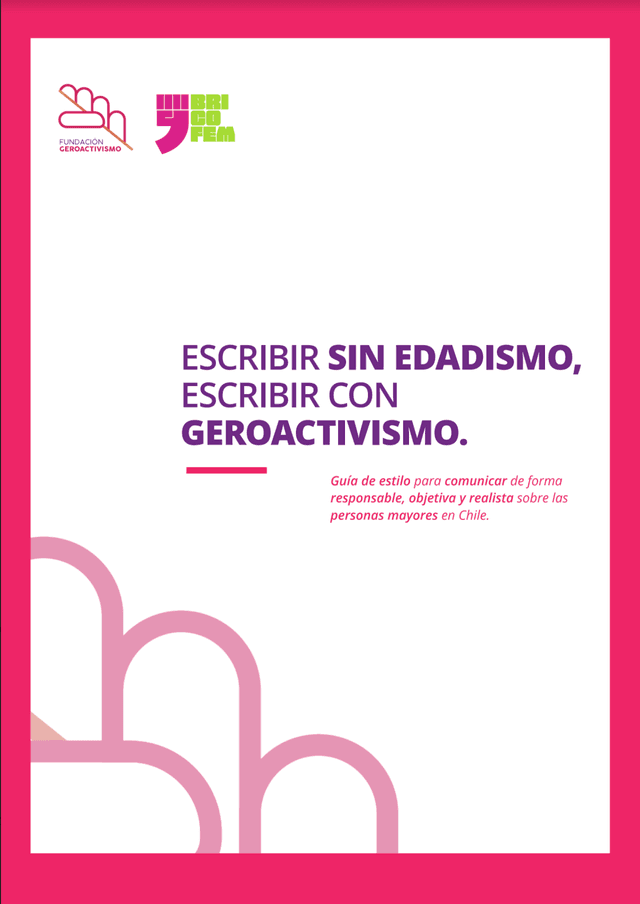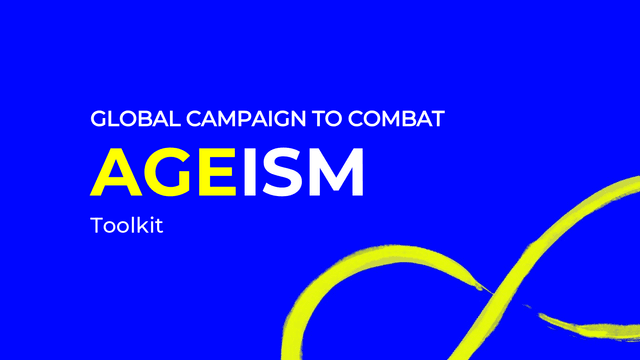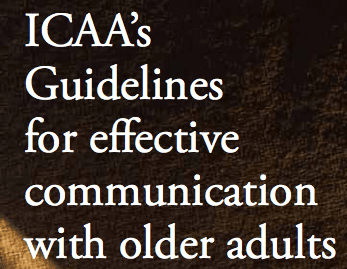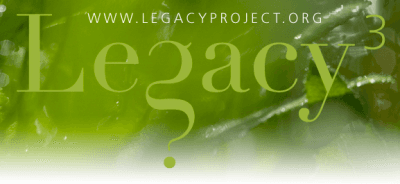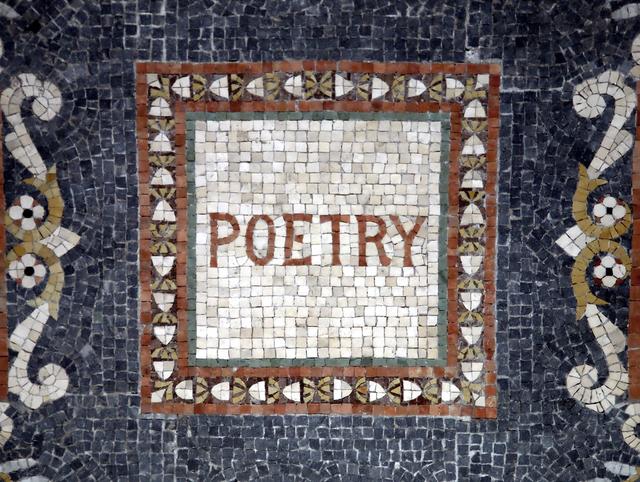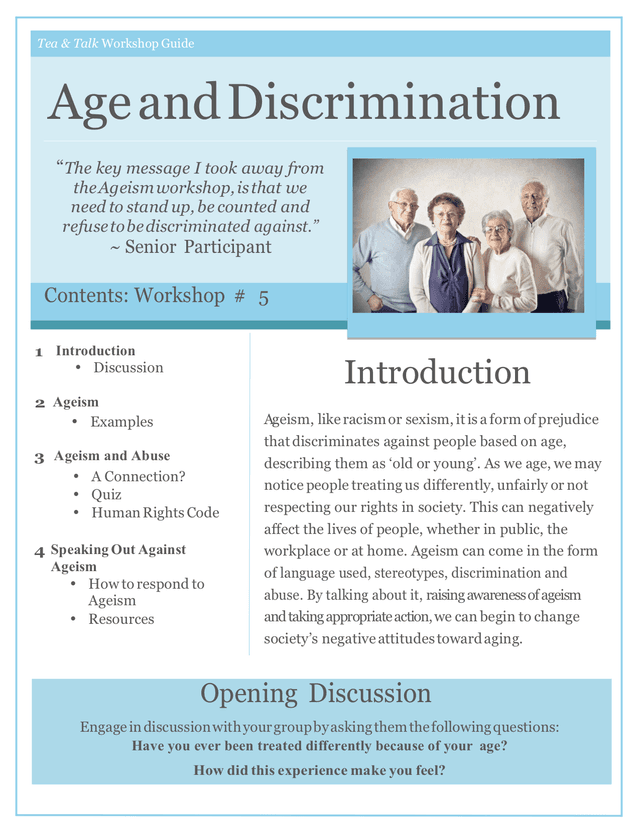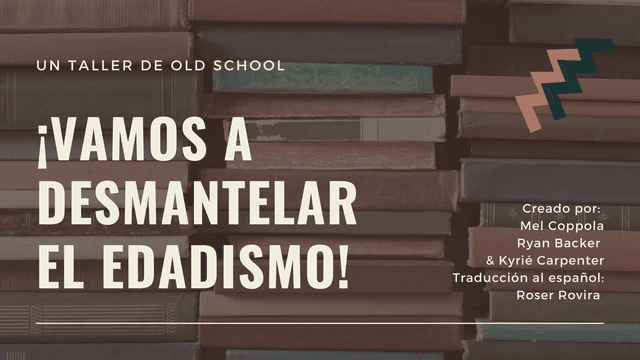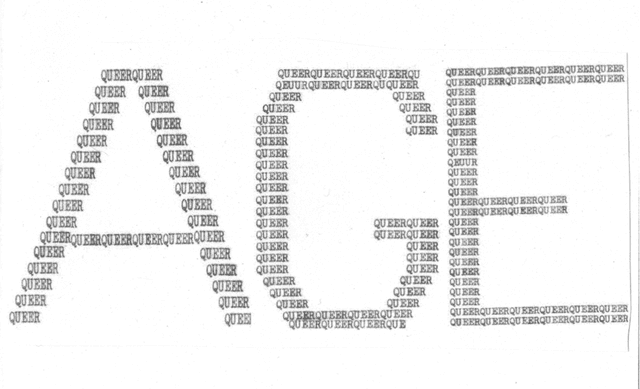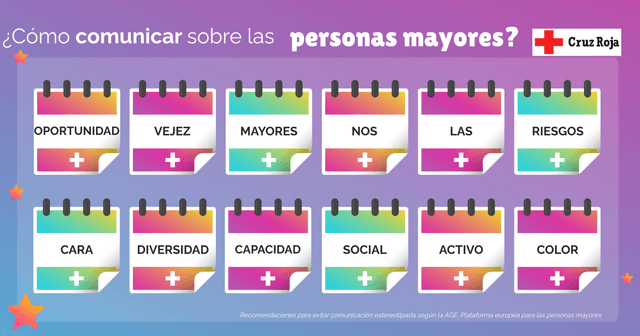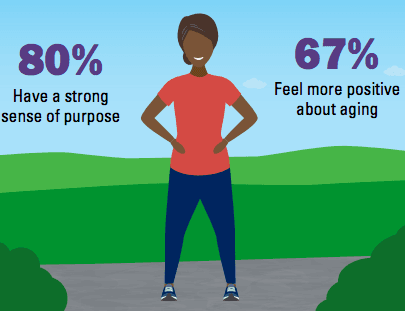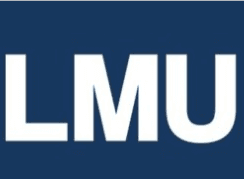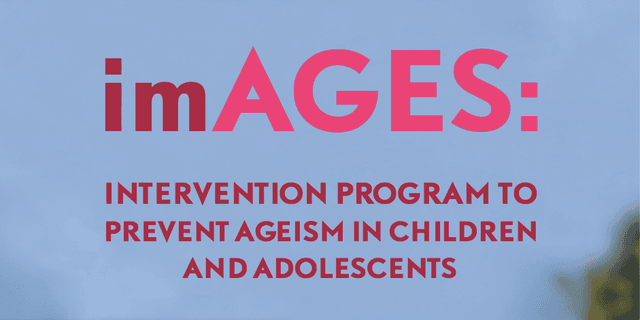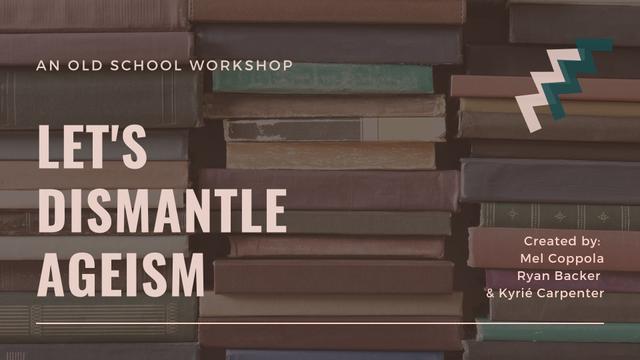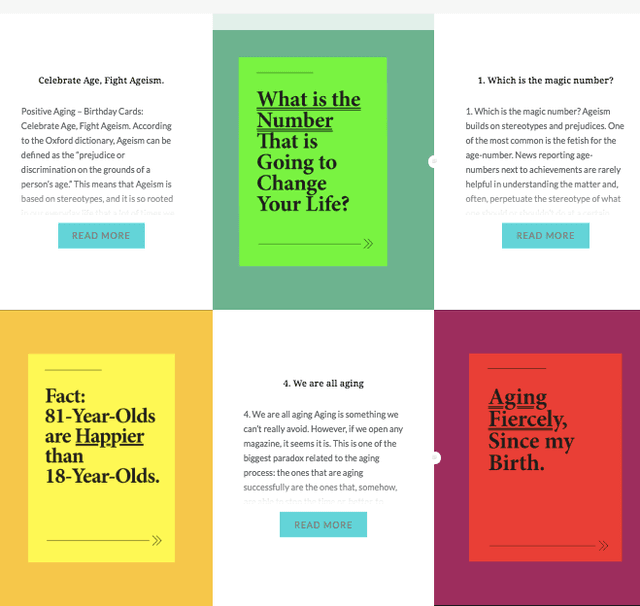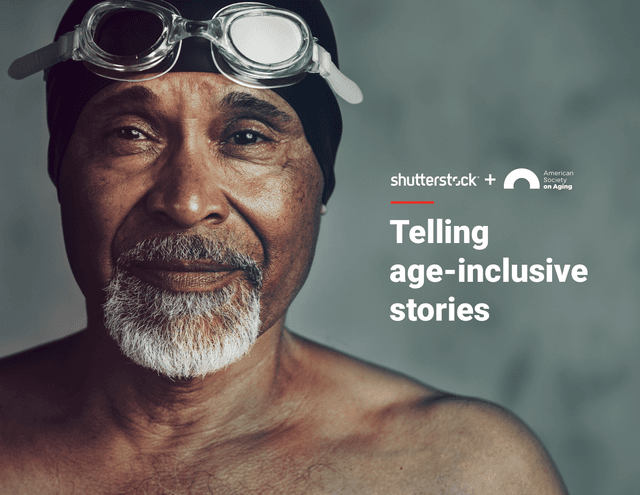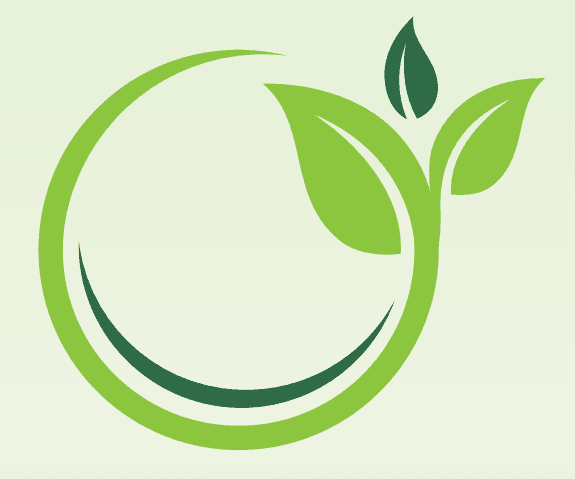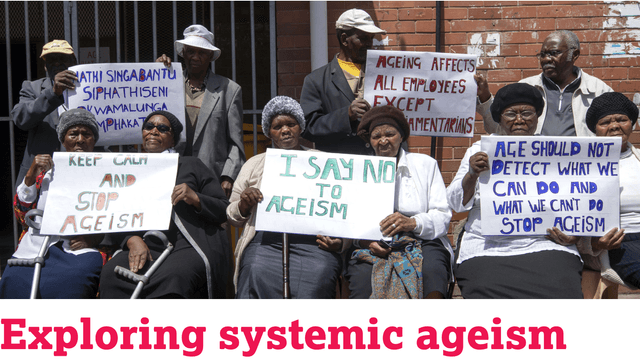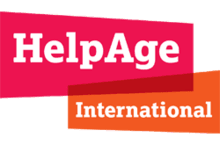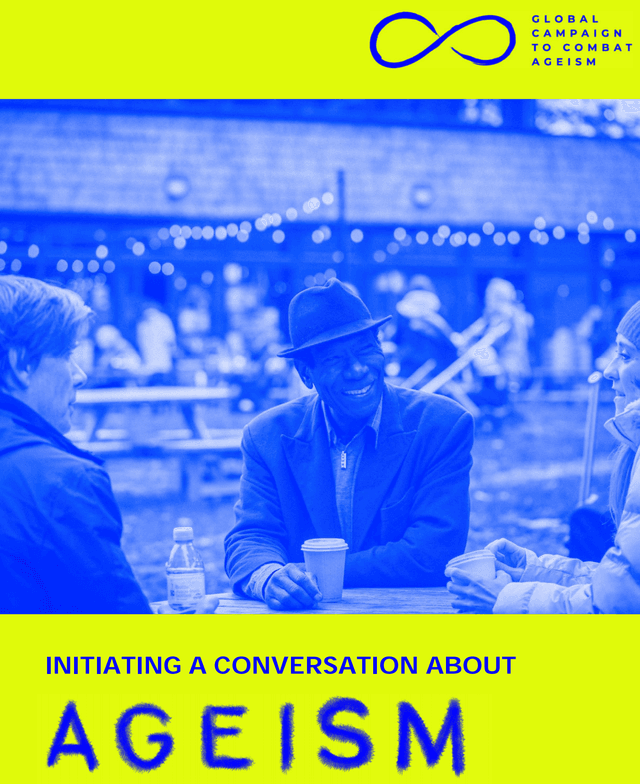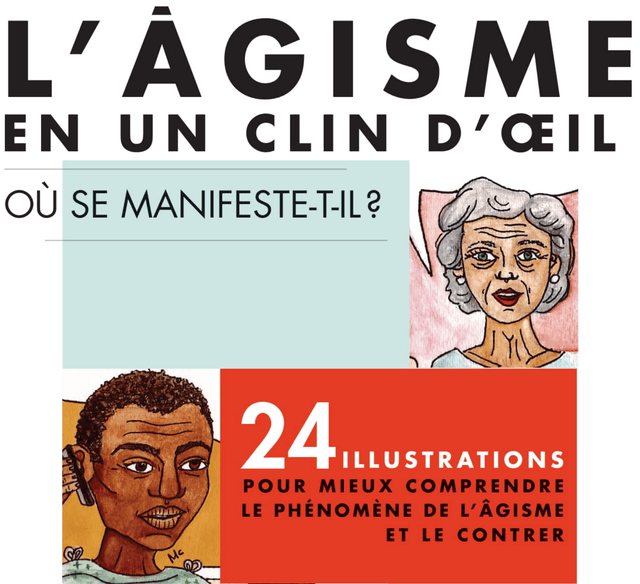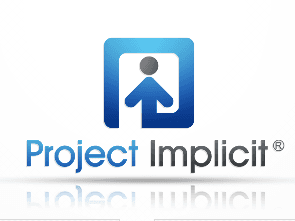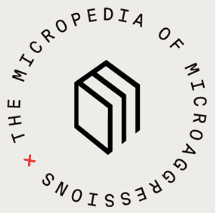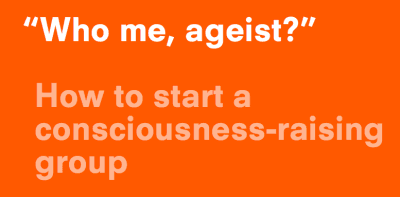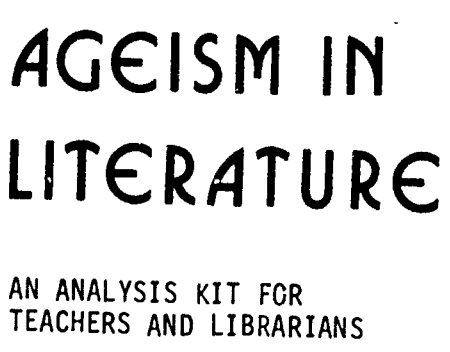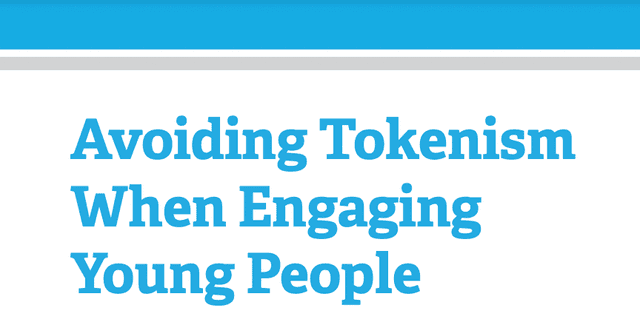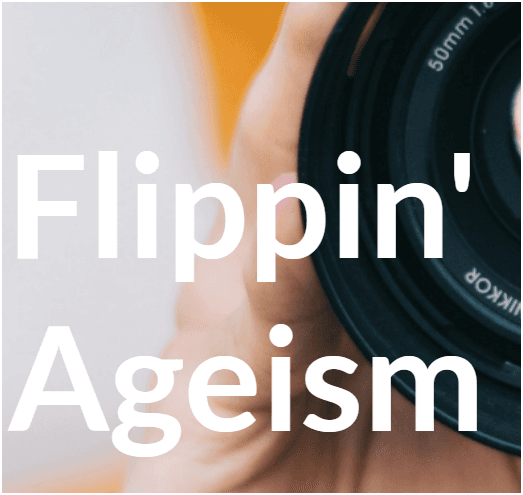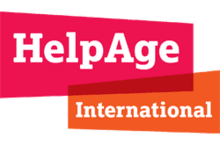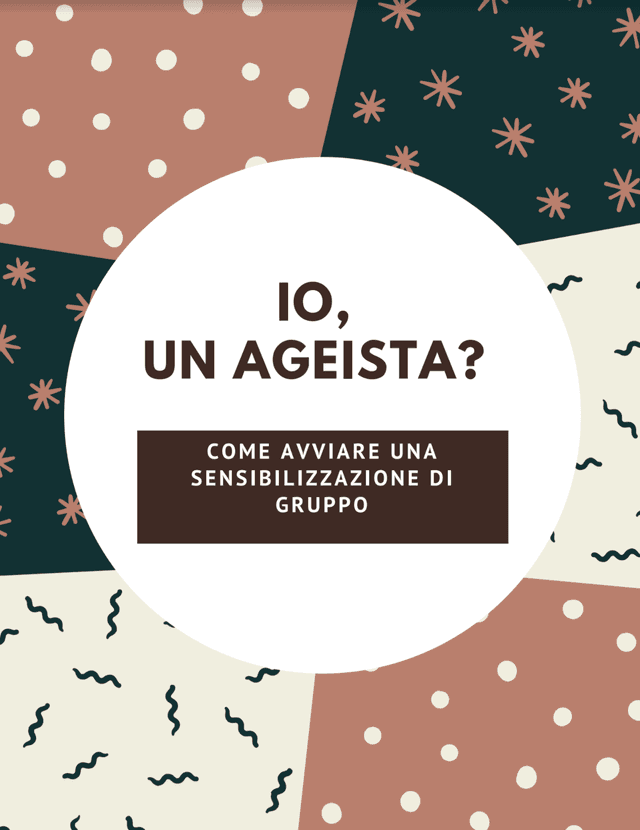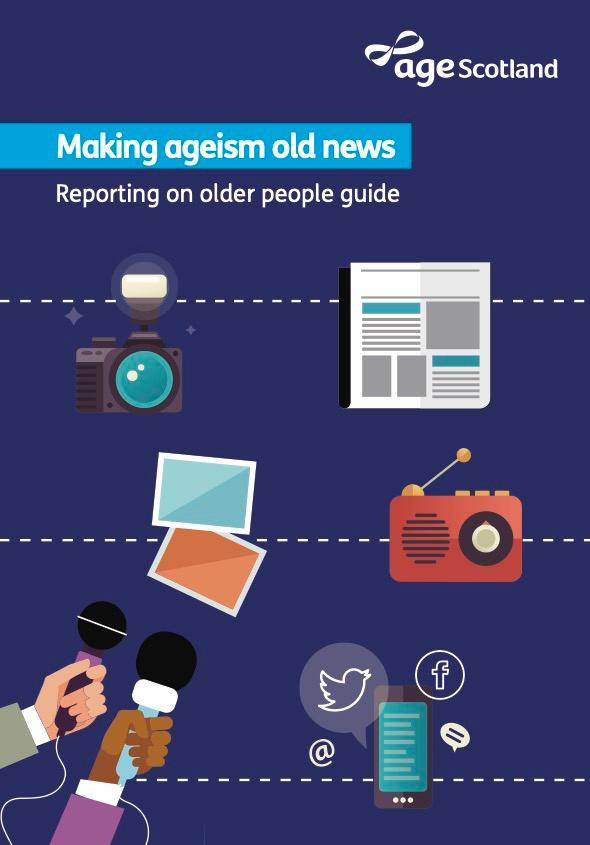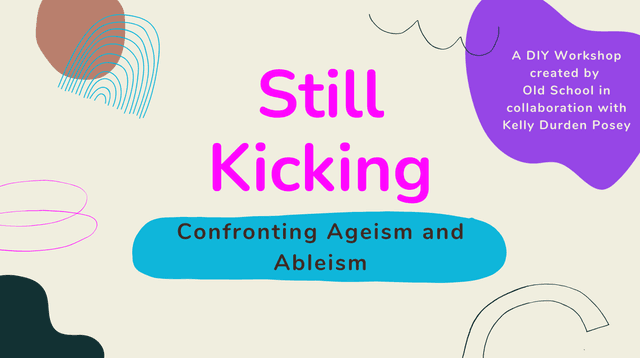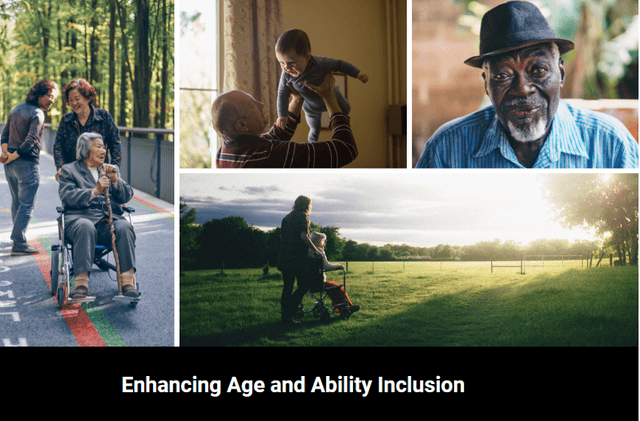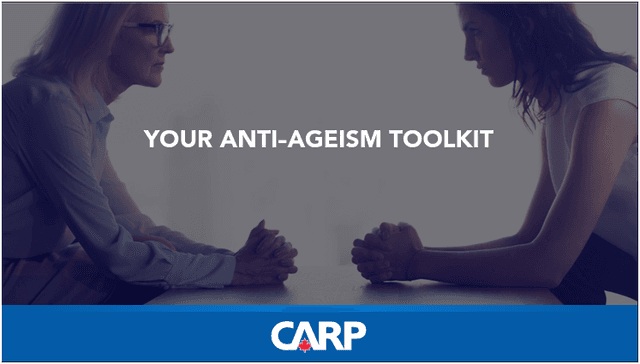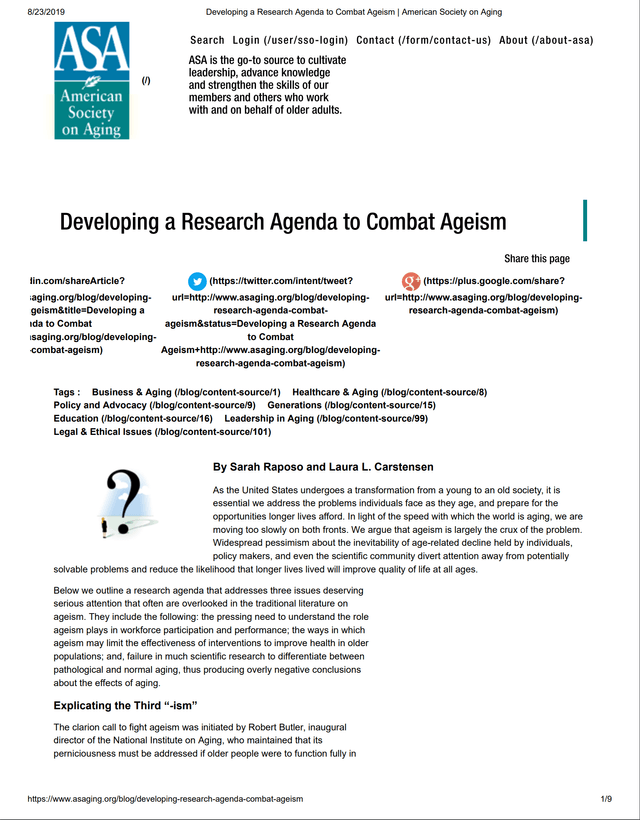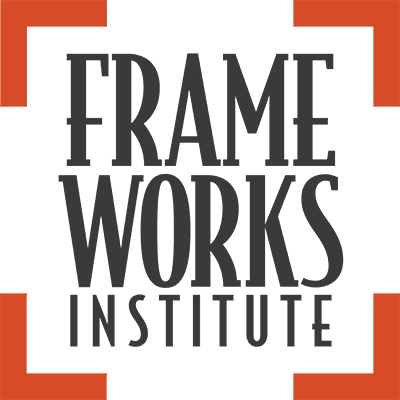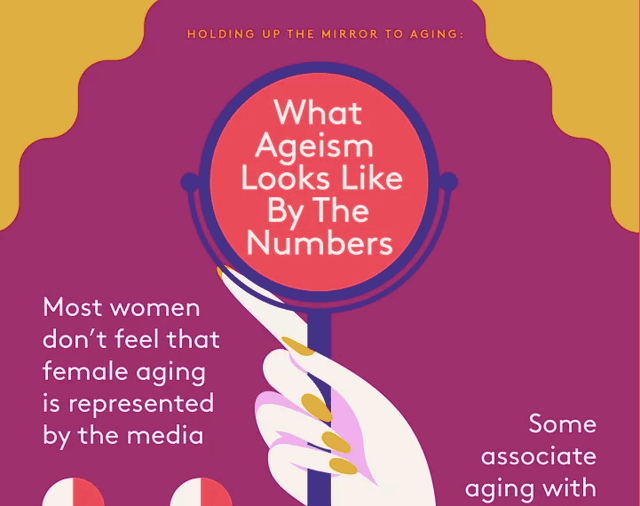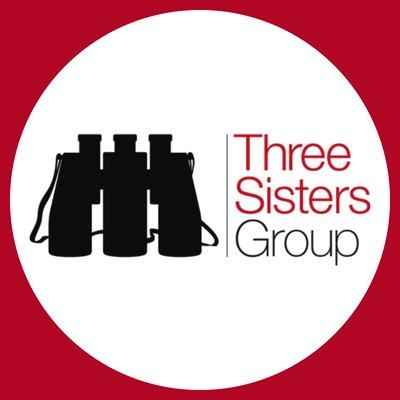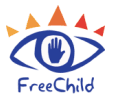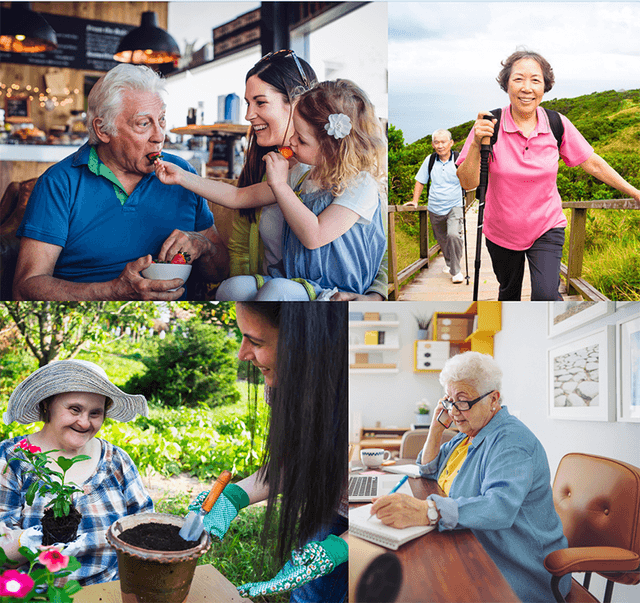Tools
Tools, of course, are implements that make it easier to accomplish a task. More broadly, they help us accomplish a mission—in this case, to help people understand ageism and how we can combat it—and that’s what you’ll find in the Toolkit section of the clearinghouse. These tools take many forms:
• workshops on how to: dismantle ageism (also in Spanish), including everything you need to host your own workshop; queer age by rejecting the young/old binary; advance a global anti-ageism movement; address the intersection of ageism and ableism; use role-play to explore how it feels to experience & challenge ageism
• toolkits designed to: help teachers and librarians analyze materials for ageist content; learn how to identify, expose and tackle systemic ageism; increase awareness of ageism on your social networks; protect the human rights of older Europeans; offer suggestions and prompts to get your community talking about ageism, organize events to raise awareness, and spread the word.
• communication tools, including: style guides that identify words and phrases that perpetuate ageist views and suggest alternative language that describes the way we age now (also in Spanish); toolkits to help both the general public and people in aging services reframe the way we think and talk about aging, better understand aging and ageism, and make the case for adapting society to the needs of an aging population and creating create a more age-integrated society.
• imagery guides: how to use images to counter ageism, to work with older models and to depict older people in all our diversity
• lesson plans and teaching guides for educators for elementary school, middle-school, high-school, and college students; in-class exercises for college students pursuing age studies; and a comprehensive unit on ageism, resistance & alliance
• guides to starting consciousness-raising groups around addressing internalized age bias (also in French), the intersection of ageism & racism (also in Spanish), and the intersection of ageism & sexism; defining terms, figuring out where to start, creating a group that runs smoothly
• conversation guides and discussion-starters: how to recognize internalized bias, understand intersectionality, see how age & aging are socially defined and constructed, understand how ageist messages affect relationships and well-being (also in Spanish), and facilitate intergenerational conversations about ageism
• infographics that depict: the demographics of who encounters ageism, its effects on health, and why purpose matters; the gendered impact of ageism on women from diverse backgrounds and ranging in age from 21 to 72; insights into the longevity economy
• tip sheets about: creating persuasive and compelling messages that frame age equity as an important goal for all; how young professionals can inspire communication, respect & understanding across age gaps; avoiding tokenizing youth and give younger people voice and agency
• collections of: anti-ageist children’s books & papers; microaggressions (subtle, derogatory comments about age and aging)
Plus: a test that measures unconscious age bias; a Q&A tumblr, Yo, Is This Ageist? where you can ask questions and see how ageism shows up around us, a list of video games that involve older protagonists. a research agenda to address the role of ageism in the workforce and healthcare, a
presentation on age bias on arts institutions—not to mention poems!
• workshops on how to: dismantle ageism (also in Spanish), including everything you need to host your own workshop; queer age by rejecting the young/old binary; advance a global anti-ageism movement; address the intersection of ageism and ableism; use role-play to explore how it feels to experience & challenge ageism
• toolkits designed to: help teachers and librarians analyze materials for ageist content; learn how to identify, expose and tackle systemic ageism; increase awareness of ageism on your social networks; protect the human rights of older Europeans; offer suggestions and prompts to get your community talking about ageism, organize events to raise awareness, and spread the word.
• communication tools, including: style guides that identify words and phrases that perpetuate ageist views and suggest alternative language that describes the way we age now (also in Spanish); toolkits to help both the general public and people in aging services reframe the way we think and talk about aging, better understand aging and ageism, and make the case for adapting society to the needs of an aging population and creating create a more age-integrated society.
• imagery guides: how to use images to counter ageism, to work with older models and to depict older people in all our diversity
• lesson plans and teaching guides for educators for elementary school, middle-school, high-school, and college students; in-class exercises for college students pursuing age studies; and a comprehensive unit on ageism, resistance & alliance
• guides to starting consciousness-raising groups around addressing internalized age bias (also in French), the intersection of ageism & racism (also in Spanish), and the intersection of ageism & sexism; defining terms, figuring out where to start, creating a group that runs smoothly
• conversation guides and discussion-starters: how to recognize internalized bias, understand intersectionality, see how age & aging are socially defined and constructed, understand how ageist messages affect relationships and well-being (also in Spanish), and facilitate intergenerational conversations about ageism
• infographics that depict: the demographics of who encounters ageism, its effects on health, and why purpose matters; the gendered impact of ageism on women from diverse backgrounds and ranging in age from 21 to 72; insights into the longevity economy
• tip sheets about: creating persuasive and compelling messages that frame age equity as an important goal for all; how young professionals can inspire communication, respect & understanding across age gaps; avoiding tokenizing youth and give younger people voice and agency
• collections of: anti-ageist children’s books & papers; microaggressions (subtle, derogatory comments about age and aging)
Plus: a test that measures unconscious age bias; a Q&A tumblr, Yo, Is This Ageist? where you can ask questions and see how ageism shows up around us, a list of video games that involve older protagonists. a research agenda to address the role of ageism in the workforce and healthcare, a
presentation on age bias on arts institutions—not to mention poems!
New!

On a dark green background the text reads, "Aging is living. There's no such thing as "too experienced" Every age is the right age. Retirement is not a requirement. Longevity is the best thing to happen in ages. Age is not the problem. Ageism is the problem."
AGING IS LIVING graphic
Hey, you! Get on my lawn! AGING IS LIVING artwork in high res
New!

The text "What is age discrimination and what can you do about it" over a pink background. Beside that is a cartoon image of an older person holding a resume looking at signs that have various rejection messages on them.
A one-page infographic that describes how to identify & address discrimination in the workplace

